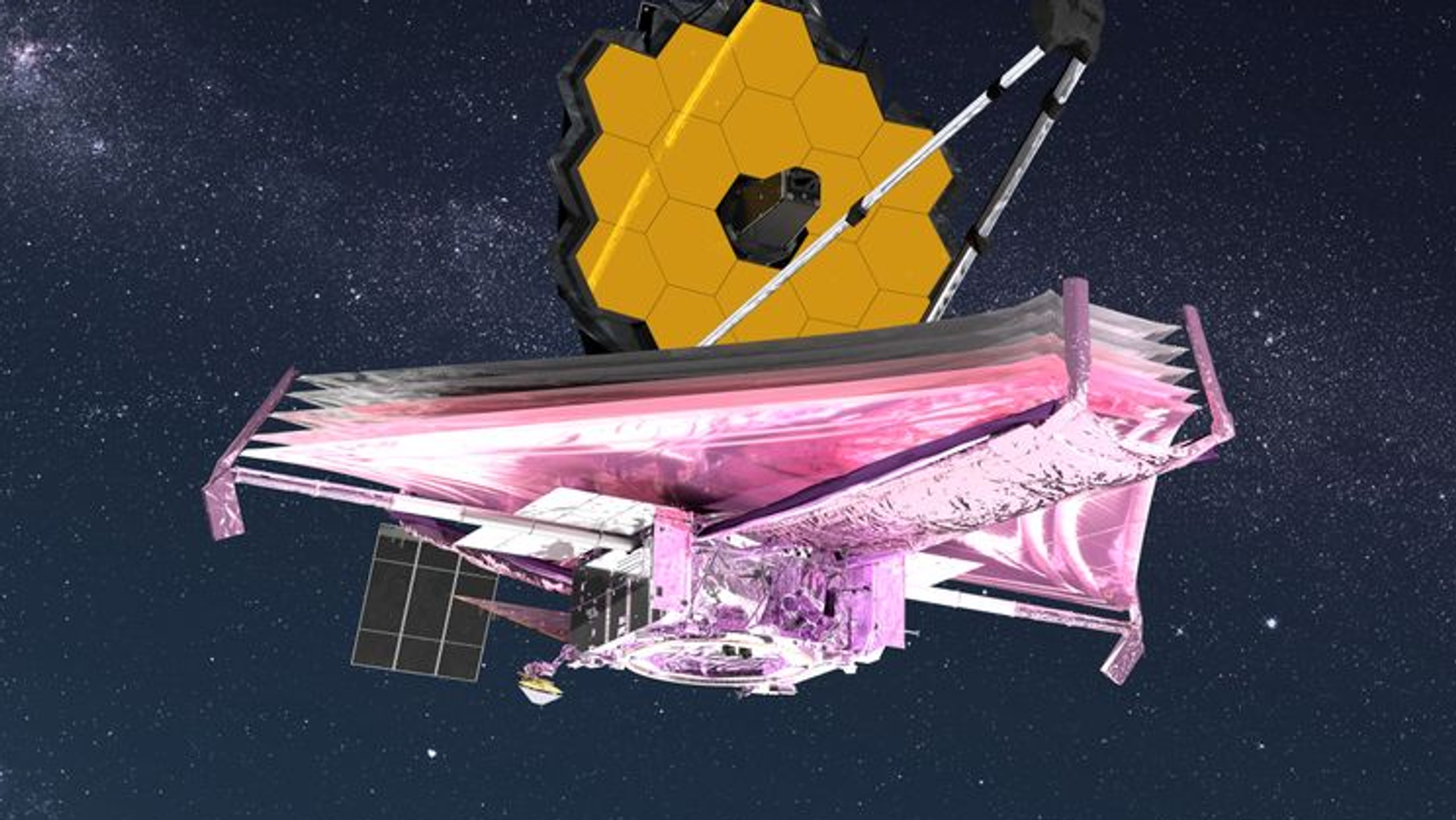https://sputnikglobe.com/20221013/scientists-spot-series-of-dust-rings-circling-distant-binary-star-1101820691.html
Scientists Spot Series of Dust Rings Circling Distant Binary Star
Scientists Spot Series of Dust Rings Circling Distant Binary Star
Sputnik International
The rings in question turned out to be the product of interaction between a pair of stars rather than evidence of an alien megastructure. 13.10.2022, Sputnik International
2022-10-13T17:18+0000
2022-10-13T17:18+0000
2022-10-13T17:18+0000
science & tech
stars
dust
james webb space telescope
image
https://cdn1.img.sputnikglobe.com/img/07e6/01/04/1092025504_0:91:744:510_1920x0_80_0_0_dab27cd7b746f1d40475c2dc24d4b99d.png
NASA’s James Webb Space Telescope (JWST), which previously provided stunning images of a gaseous "bone" structure from a distant galaxy and the first-ever direct image of an exoplanet, has supplied humanity with yet another spectacular sight from the depths of space.The latest image captured by the JWST appears to be a series of concentric rings – 17 in total – surrounding a binary star known as WR 140.While this image already raised speculation online that it might be evidence of some alien megastructure, two astronomers clarified that the rings are actually dust shells produced by cyclic interaction between a pair of stars, according to a press release by the University of Sydney.“Like clockwork, WR140 puffs out a sculpted smoke ring every eight years, which is then inflated in the stellar wind like a balloon,” said Professor Peter Tuthill from the Sydney Institute for Astronomy at the University of Sydney, who co-authored two papers on the subject that were published this week in Nature and Nature Astronomy respectively.Tuthil, his colleague and former student Yinuo Han – currently from the University of Cambridge’s Institute of Astronomy – have also produced a “three-dimensional model of the dust plume’s geometry” that appears to “perfectly explain” the results obtained by the JWST, the press release noted.
Sputnik International
feedback@sputniknews.com
+74956456601
MIA „Rosiya Segodnya“
2022
News
en_EN
Sputnik International
feedback@sputniknews.com
+74956456601
MIA „Rosiya Segodnya“
Sputnik International
feedback@sputniknews.com
+74956456601
MIA „Rosiya Segodnya“
science & tech, stars, dust, james webb space telescope, image
science & tech, stars, dust, james webb space telescope, image
Scientists Spot Series of Dust Rings Circling Distant Binary Star
The rings in question turned out to be the product of interaction between a pair of stars rather than evidence of an alien megastructure.
NASA’s James Webb Space Telescope (JWST), which previously provided stunning images of a gaseous "bone" structure from a distant galaxy and the first-ever direct image of an exoplanet, has supplied humanity with yet another spectacular sight from the depths of space.
The latest image captured by the JWST appears to be a series of concentric rings – 17 in total – surrounding a binary star known as WR 140.
While this image already raised speculation online that it might be evidence of some alien megastructure, two astronomers clarified that the rings are actually dust shells produced by cyclic interaction between a pair of stars, according to a press release by the University of Sydney.
“Like clockwork, WR140 puffs out a sculpted smoke ring every eight years, which is then inflated in the stellar wind like a balloon,” said Professor Peter Tuthill from the Sydney Institute for Astronomy at the University of Sydney, who co-authored two papers on the subject that were published this week in Nature and Nature Astronomy respectively.
“Eight years later, as the binary returns in its orbit, another ring appears, the same as the one before, streaming out into space inside the bubble of the previous one, like a set of giant nested Russian dolls,” he added.
Tuthil, his colleague and former student Yinuo Han – currently from the University of Cambridge’s Institute of Astronomy – have also produced a “three-dimensional model of the dust plume’s geometry” that appears to “perfectly explain” the results obtained by the JWST, the press release noted.



